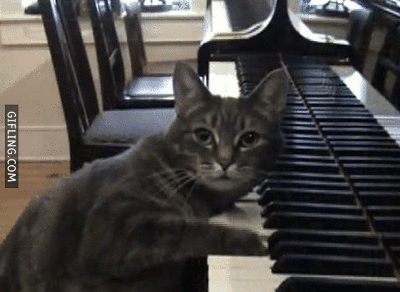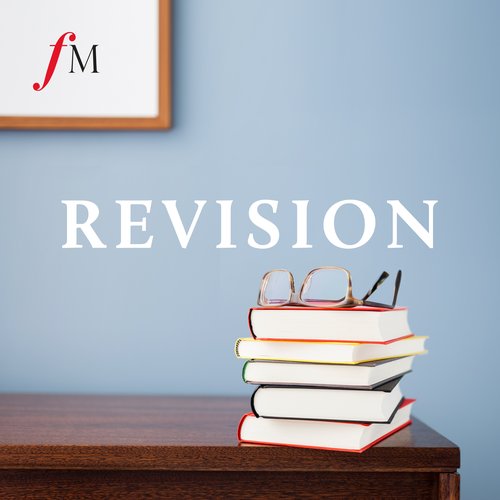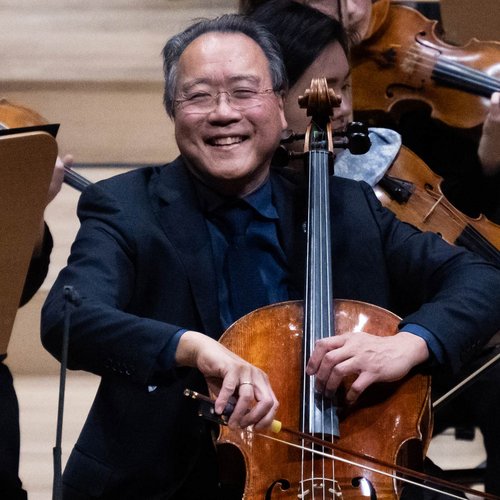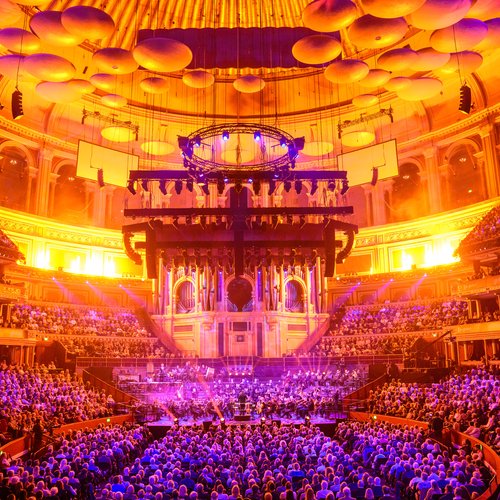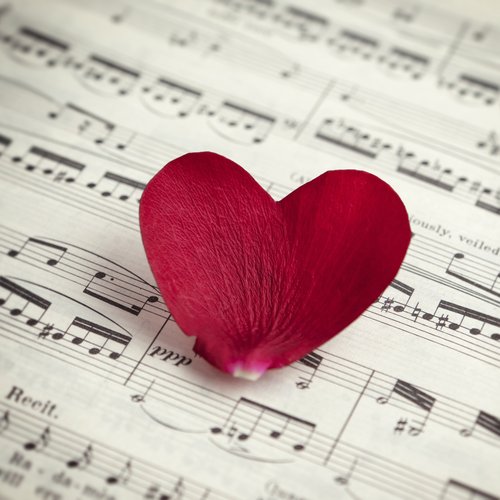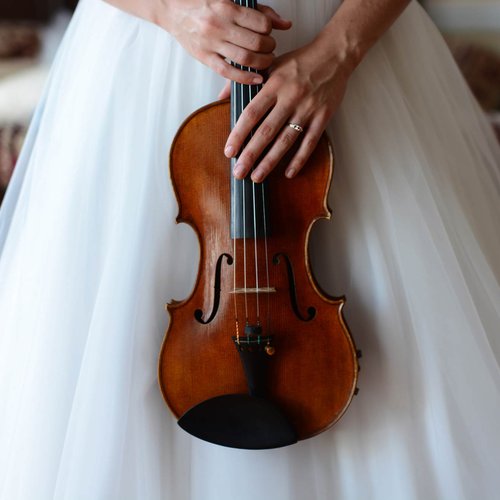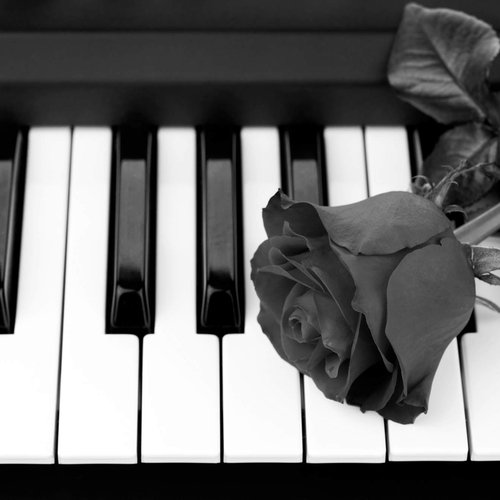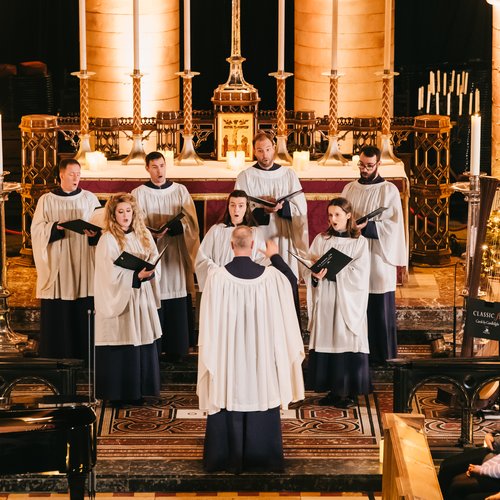A comprehensive history of classical music, in cat gifs (because cats)
29 October 2015, 16:03 | Updated: 6 January 2017, 14:45
Music history can be a complex and daunting subject - so we've enlisted the help of a few cats to explain every detail to you.
c. 800 - Gregorian chant
In the beginning there was one voice, singing one line. Pope Gregory, we're told, did it first (but he probably didn't).
c. 1000 - The birth of polyphony
And then there were two lines, singing together harmoniously. It was beautiful.
1400-1600 - The Renaissance
The choirs just kept getting bigger. Thomas Tallis' masterpiece was written for 40 independent voices. Here's a quintet, diligently watching the conductor.
1605 - The Baroque begins
Monteverdi just wanted to be different. He thought music should have a bit more style and drama.
1650-1750 - The great German Baroque
Great German Baroque composers like Schutz, Handel and Bach took ideas, styles and pieces from Italy, and used them as their own. Those big, musical genius bullies.
1717 - Water Music
Handel's regal musical extravaganza happened on the River Thames. But don't worry, no thirsty cats were harmed.
1750-1810 - The Classical period
The Baroque and Classical periods saw a massive development in instrumental styles and performance ornamentation, including staccato, illustrated here.
1756 - The birth of Wolfgang Amadeus Mozart
Child prodigy, keyboard virtuoso, genius composer, wine-lover and all-round fun guy. We're sure he was fond of cats too.
1770 - The birth of Beethoven
He revolutionised the symphony and chamber music, and changed the course of music forever. But he sure was grumpy.
1800 - 1850 - The rise of the virtuoso
Now for a few extraordinary virtuosos. Paganini, Schumann and Liszt. All musical geniuses. All show-offs.
c. 1810 - The Romantic period
There was lush orchestration, overflowing emotion, tender melodies, and heart-breaking love stories set to music.
1813 - Wagner
Suddenly got very dramatic. There were now dwarves and scary giants on the opera stage.
1860 - Italian opera
On the peninsula, Verdi was taking opera to new heights of expression, drama and emotion.
1860 - Back at home
But operatic composers from the British Isles at that time were somewhat less successful, failing to scale Verdi's heights.
1890 - Mahler and Richard Strauss
New instruments, larger forces and freer expression were pushing symphonic music in new, sometimes unexpected directions.
1913 - Rite of Spring
Stravinsky's modern rhythms and harmonies sparked outrage, fights and riots at the premiere of his ballet score in Paris.
c. 1940 - The avant-garde
Composers were now doing quite individual things.
c. 1920 Music for the big (and small) screen
The last century has taken symphonic music in new directions and to new audiences - from massive cinematic scores, through to the new genre of orchestral video game music.
The late 20th Century
Things are now getting rather silly, all making Serialism seem easy-listening in comparison. Stockhausen's Helicopter Quartet anyone?
Composers like Terry Riley, Steve Reich, Philip Glass, Michael Nyman and John Adams have championed a new style of music, based on motivic and rhythmic repetition and thematic loops.
And to the present day
With classical music's thriving traditions now accessible to so many through recordings, downloads, the online world and social media, all we need to do is find what makes us happy, and indulge in it.
More cats: 12 of the cutest moments in classical music >











